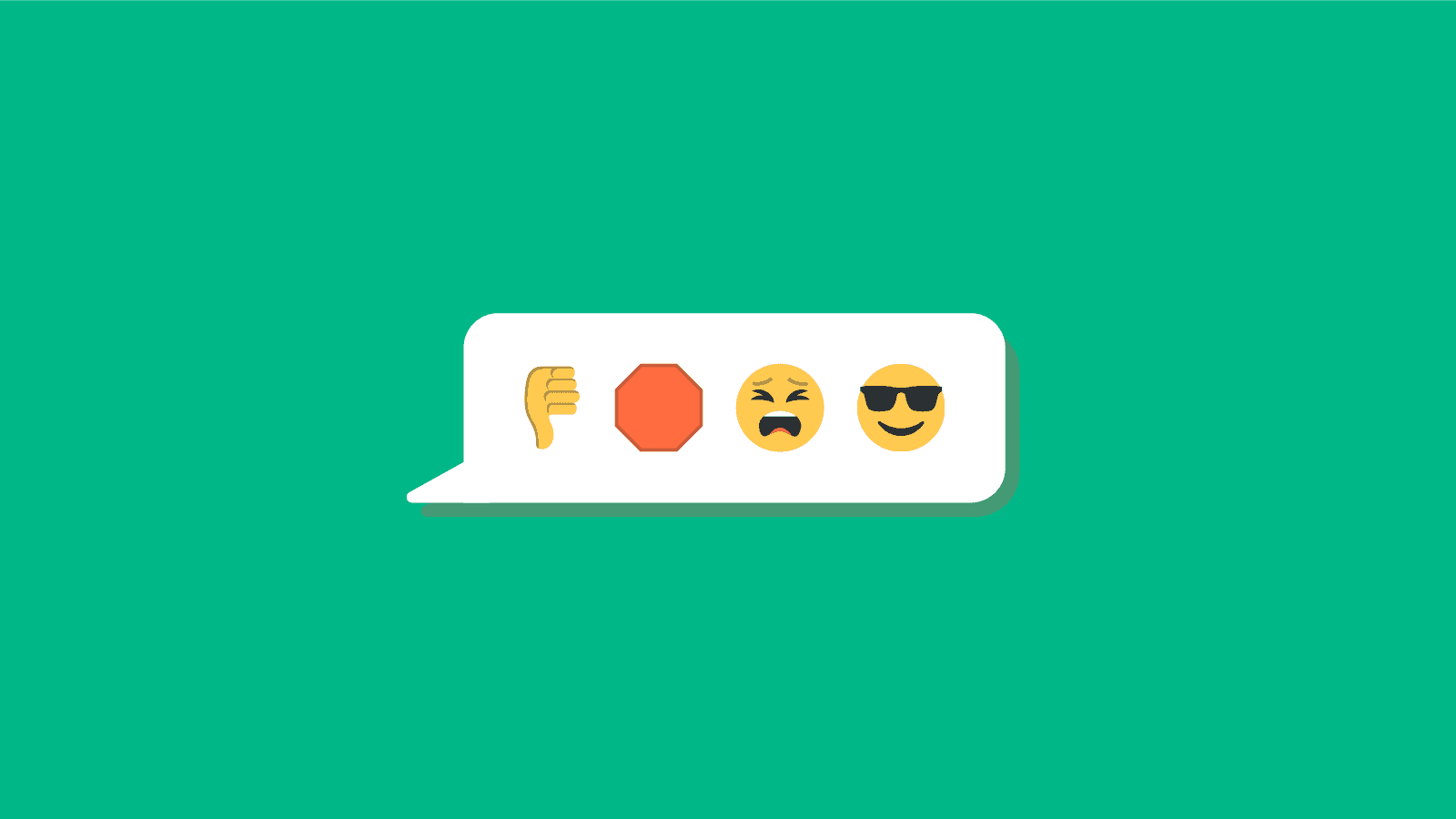I’ve been a UX director for about nine years now, and I do the usual things. I hire team members, grow departments, establish team processes, find ways to do more with the resources I have at hand.
And then there’s this other typical UX thing I do all the time: make mistakes.
That’s not something most people like to admit. But I treasure my errors — and I’ve made a ton of them, more than I can count. They’ve helped me grow by teaching me valuable lessons. So here are three of my favorite slip-ups and the things I learned from them. I hope you find these stories as useful as I have, and that they inspire you to embrace your mistakes too.
Mistake #1: scoffing at travel for the team
After 20 years of working from Austin, Texas, I’ve gotten used to collaborating with folks in other time zones and countries. I’ve had team members in the Czech Republic, Japan, Canada, India, and Ukraine.
Geographically distributed teams are common in tech, and travel to visit teammates isn’t always planned for. In fact, some companies discourage travel in order to save money. It’s embarrassing to admit, but at past jobs I’ve made the mistake of blocking travel that I deemed nonessential because it was “just to visit team members.”
The truth is, travel between offices for distributed team members is essential. We have tools and technology to keep distributed teams connected, but in-person visits are hard to beat. Nothing can replace the in-person conversations and ad hoc brainstorming sessions they allow. Spontaneous introductions take place. Fresh ideas bubble up. All this helps teams stay connected and aligned. (What works for your distributed team? I’d love to learn about your techniques!)
At Indeed, we encourage travel when practical for distributed teams. The company sees the value of in-person collaboration and builds the cost into our budgets. Personally, I’ve had the pleasure of visiting our tech offices in San Francisco, Seattle, Tokyo, Vancouver, and Hyderabad. Next up: our newest tech office, in Singapore.
Mistake #2: hiring on faith
I used to hire designers based on their resumes, portfolios, and work stories. Sometimes I noticed that candidates had exaggerated a bit about their accomplishments. A few times I discovered later that designers had included work in their portfolio that wasn’t really theirs. Or they’d taken credit for more than they should have. The design community can be small and the truth tends to come out. Many of these cases I brushed off.
Then I got burned. I interviewed a designer with a nice portfolio and experience at top companies. He said all the right things, but once we started working together, it turned out he wasn’t skilled at all. He couldn’t design, research, or code. Eek.
Since then, I’ve asked candidates to do a take-home assignment like the work they would do on the job. If no one on my team has worked with a candidate before, their hands-on work will likely carry more weight than anything else. After all, we know from UX research to watch what people do rather than what they say they do.
We’re not trying to torture candidates! At Indeed, we just want to gauge if candidates would thrive here. And it gives candidates a chance to check us out at the same time. Those take-home exercises offer a healthy taste of the work we do here.
These days, a portfolio gets you in the door with my team — and a good hands-on design exercise gets you hired.
Mistake #3: waiting for product management
I used to work at a company that made software with woefully out-of-date user interfaces. My UX team made tiny, incremental improvements, but we wanted to ship a truly modern UI. I pleaded with product management leadership to prioritize a refresh, but those UIs stayed clunky and dated. The business was quickly becoming a legacy brand.
Finally, I went rogue. Without product management’s blessing, I pulled together a team to explore a UI redesign. Only when we had something really good to show did I admit I had created my own initiative. Then I worked with stakeholders to get the support to move forward. The design system modernized the core product portfolio — and shipped.
Sound like a success story? It’s not. I waited years too long: UX leaders should actually lead.
When I started at Indeed in 2016, our products looked a little like the simple classified ad sites. This time I pushed a UI refresh for the products I worked on without waiting for someone else to put it on the calendar. It was a UX-led initiative, not tied to any single product manager’s goals. When it came time to align with stakeholders, we agreed together not to ship that first refresh, but it evolved into Indeed’s first company-wide design system. That system now covers far more than just my product portfolio. Bigger win!
What did I learn the hard way? UX should support product management. But UX should also spend some time leading its own initiatives. After all, our researchers know the users better than anyone. Let them identify initiatives and provide deep user insights. Our designers can optimize UIs and make them beautiful. Yes, they can help product management spec UIs for their tests and new features, but they can do so much more. Our design technologists are front end tech experts; let them experiment with new ways to support design goals. And our content strategists should be free to think strategy, not just churn out copy.
Be a pro. Make some mistakes of your own!
I’ve made many other mistakes beyond these three. No doubt, there are more in my future. Being in UX means collecting battle scars, so why not try to pick up a few special ones of your own? Let’s take risks and learn with abandon.





